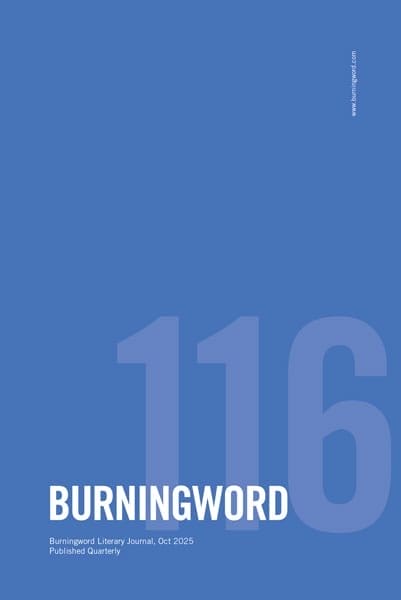N 42°25’32.5″ W 103°43’58.5″
“…when they would talk among themselves he (Red Cloud) would call out to them to keep still as he wanted to hear what his wife or father or mother were saying to him.”
— Letter from Kate Cook to her sister Clara, 1908
A year before he died, Chief Red Cloud had gone blind
yet he could see, told friends he was now “so nearly dead”
he could once again see his dead wife, beckoning.
Your dying father, too, spoke with long-dead parents,
and in vivid dreams retraced younger maps,
hiking again that thin trail to the Little Huron where
he emerged from dark woods to find an Anishnaabe
encampment at the river’s mouth, as in ancient days.
He sat with the men all night, and listened.
No one knew it would be the last Encampment.
*
On the Great Plains, the Lakota build wooden scaffolds
for their dead, or placed them high in tree branches
where the coyotes could not fight over them.
What a blessing, when the sacred Eagle descends!
Sometimes the bones are found perfectly intact, the skeleton
composed. It is easy, then, to imagine some flash flood beginning
upstream, a wall of mud and water that will find mammals of the Eocene
unprepared as day-hikers in some sunny slot-canyon
outfitted with handheld GPS and two hundred dollar boots
about to be swept away by a gully-buster fifty miles west.
Isn’t that what happened to the Sioux? Wasn’t it
just a trickle at first, wasn’t the sun still shining
when the geologists and bone hunting expeditions arrived?
Didn’t a wall of “consumption” and “smallpox” and “Manifest Destiny”
roll in from the East, where they’d turned to see the Dawn?
The journals of early explorers describe a biblical plain
of milk and honey free for the taking, as soon as bison
were exterminated and sod which held the whole fabric in place
furrowed, and turned to dust —
*
In Westerns, there’d be an Indian Guide right about here,
a human segue saying “Since Then, Many Moons Have Passed.”
We’ve learned to lecture passionately, and write in verse.
We take classes in healing and empathetic listening,
regret the cavalry, and the dust bowl, for which we now atone
by washing plastic bags a dozen times, writing Senators
denouncing pipelines, composting vegetable scraps, managing herds with PhDs
because there are no wolves or nomads to control the bison numbers.
*
There’ve always been plagues of locusts, but don’t they eat everything
and move on?
The wind howls and booms and kicks like a mustang against our square walls.
In the Badlands, you’ll come upon a single fossil bone resting
like a lost war-club on the surface of a Chadron mud-mound
itself no larger than a sacred drum — all that remains of a great mountain of mud!
*
What force in this world makes things dwindle?
Your father, startled from a vivid daydream, looked wildly around the room
and said, “where did he go, that fellow who was just here?”
When tourists drive the Loop Road through the Badlands
with their air-conditioner running, sun-roofs open, windows down,
their music reverberates for miles, all different drumbeats
echoing against the stone.
It makes it hard to hear what the dead are trying to say.
*
Wrapped in his scarlet blanket of wind, Red Cloud keeps saying “hush.”
He asks that we please go back where we came from
or at least learn to be still.
Kathleen M. Heideman is a writer, artist and environmental activist working in Michigan’s wild Upper Peninsula. She’s completed a dozen artist residencies with watersheds, scientific research stations, private foundations, the National Park Service, and the National Science Foundation’s Antarctic Artists & Writers Program. A curious woman.


